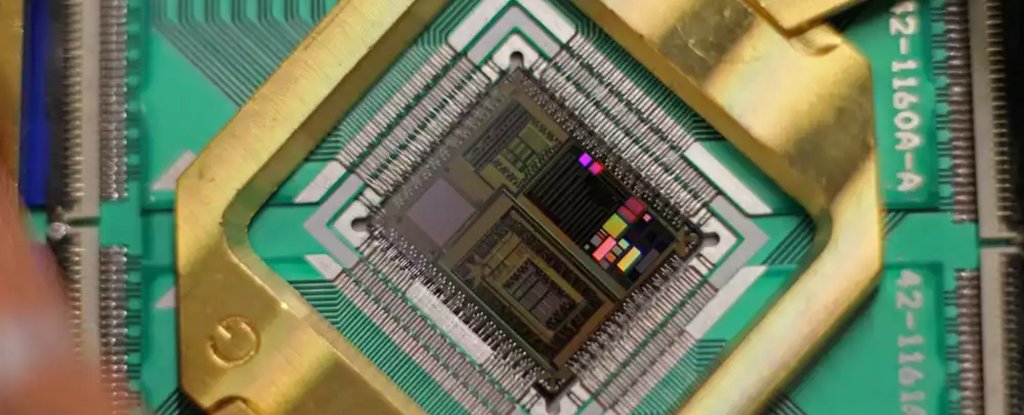
The empirical results are compared to bandgap energy predictions made with effective mass modeling. The shell thickness and composition dependence of the bandgap for type-I and type-II heterostructures was observed by coating the InP core with ZnS, ZnSe, CdS, or CdSe through one to ten more » iterations of a successive ion layer adsorption and reaction (SILAR)-based shell deposition. In this paper, the dependence of the bandgap, photoluminescence emission, and exciton radiative lifetime of core/shell quantum dot heterostructures has been investigated using colloidal InP core nanocrystals with multiple diameters (1.5, 2.5, and 3.7 nm). The large bulk bandgap (1.35 eV) and Bohr radius (~10 nm) of InP semiconductor nanocrystals provides bandgap tunability over a wide spectral range, providing superior color tuning compared to that of CdSe quantum dots. The slowest component decay constant in QWQDs comes around eight fold to ∼51 ns as compared to ∼6.5 ns in HQD suggesting new opportunities to tailor the radiative carrier recombination rate of CT excitons. Room temperature time correlated single photon counting (TCSPC) measurements for QDs to QWQDs show three exponential radiative decay. PL spectra have been recorded at different temperatures (10K-300K). Strong red shift from ∼597 to ∼746 nm in photoluminescence (PL) spectra from QDs to QWQDs shows high tunability which is not possible more » with single constituent semiconductor QDs.

Size of different QDs ∼5 to 7 nm were measured by transmission electron microscopy (TEM). For shell coating we used modified version of successive ionic layer adsorption and reaction (SILAR).

CdSe core QDs were synthesized using a kinetic growth method where QD size depends on reaction time. We illustrate effect of charge transfer (CT) in type-II quantum confined heterostructure by comparing CdSe quantum dots (QDs), CdSe/CdTe heterostructure quantum dots (HQDs) and CdSe/CdTe/CdSe quantum well-quantum dots (QWQDs) heterostructures. Resulting devices display high gains and improved directivities compared to QD only and 2D only devices. In a typical example, PbSe and PbS QDs act as the absorbing layer in phototransistor devices which utilize layered 2D materials such as graphene and transition metal dichalcogenides as transport layers. In the final section a critical review of hybrid layered 2D-QD photodetectors is presented. Current output response to alpha radiation is dependent on strength of radiation source and amount of bias voltage applied. vii Radiation detectors utilizing PbSe QDs capped with KI and NH4I ligands show tangible response to incident alpha radiation. Carrier densities in PbSe QD films are calculated from C-V measurements, showing for the first time that carrier densities can be modulated by simply changing the capping ligand.

QD film mobilities are measured for PbSe QDs capped with various short ionic ligands. In the sections that follow, we look at QD devices, first with a focus on novel devices fabricated from PbSe QDs, using an amine synthesis method that allows for facile in-solution ligand exchange. Two pulse delay measurements more » show that Auger assisted up conversion is also taking place in these engineered QD dot heterostructures. NIR PL lifetimes can be greatly enhanced by the growth of CdS shells, due to strong delocalization of the hole wavefunction within the PbSe core, while the electron is delocalized throughout the QD including in the CdS shell, resulting in radiative lifetimes in the tens of microseconds. Optical spectroscopy studies show that growth of thicker CdSe shells leads to tunable visible emission, while growth of thick CdS shells can greatly increase the photoluminescence quantum yield (PLQY) observed from the intermediate CdSe shell. PbSe/CdSe QDs synthesized via cation exchange reaction were used as seeds to study the proper conditions for further CdSe or CdS shell growth. In this dissertation, after an introduction to QDs in general, we first focus on synthesis of PbSe-based heterostructured QDs for study via optical spectroscopy. Material properties like size tunable emission wavelengths, facile solution processability, the possibility of carrier multiplication and Auger assisted up-conversion, and high Z number provide PbSe QDs with unique advantages over many currently available commercial materials used in these devices. Near infrared (NIR) emitting colloidal quantum dots (QDs) such as PbSe are interesting materials for implementation in various optoelectronic devices such as solar cells, photodetectors, and radiation detectors.


 0 kommentar(er)
0 kommentar(er)
